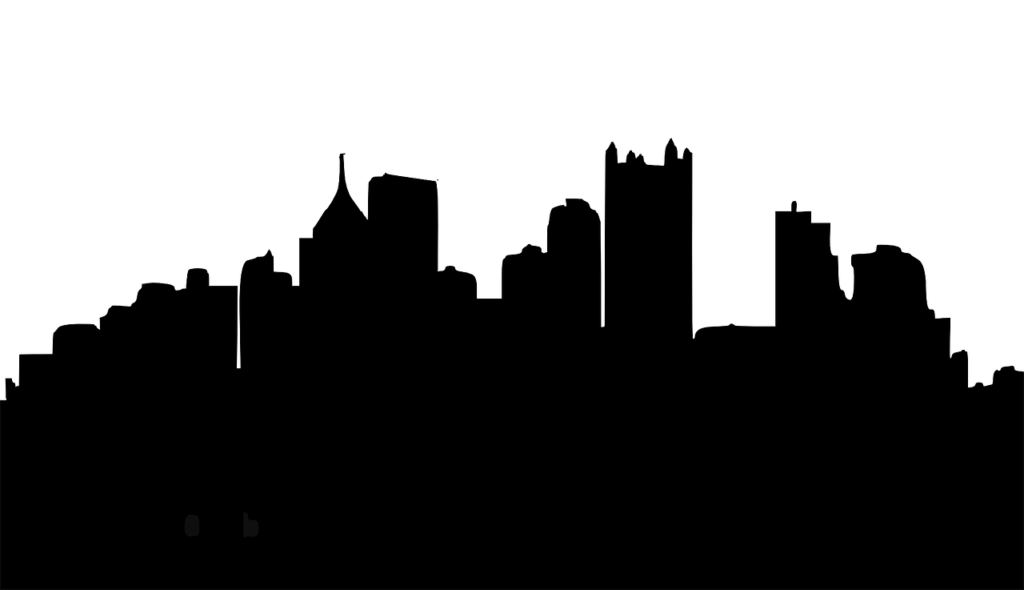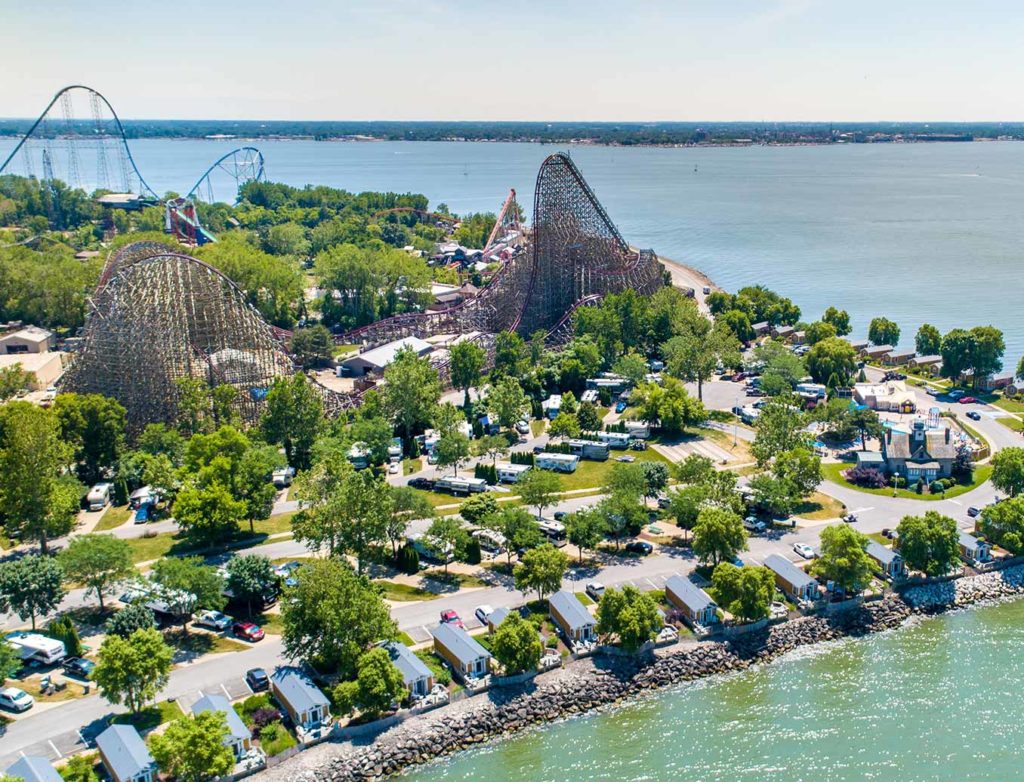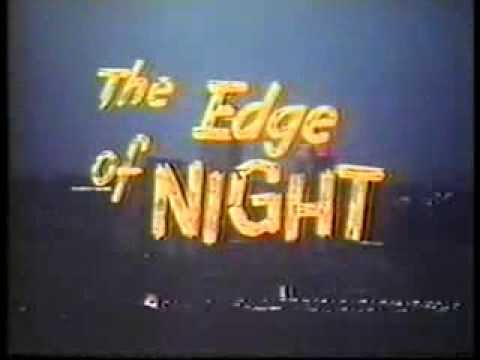
Holland Bay did not start out as Holland Bay. It came together from several aborted projects: A pre-9/11 thriller where terrorists working with the hijackers planned to turn the very real Davis-Besse nuclear plant into one huge dirty bomb. A PI novel about an ex-cop named Kagan. Some sketched scenes taking place on Pier 9 that really had nowhere to go.
Then somewhere around 2006, it all began to come together. The Pier 9 scenes went to a friend in Europe who had been sidelined with stomach trouble. I sent them to help him feel better. He pressed me to spin this into a novel. Ironically, the original scenes got cut from the final version.
I did not want to set this in my usual Cleveland, and Cincinnati really would not work, being a river town. Plus, I worked for an insurance company at the time, and coworkers insisted I had based characters in the Nick Kepler books on them. (That actually doesn’t work really well.) At the time, I’d started reading Ed McBain’s 87th Precinct, set in a New York City with the serial numbers filed off and the names changed to punish the guilty. Like Cleveland for me, it was really hard for McBain to have to go out and bug an NYPD buddy for details of how New York did things. For me, Cleveland is four hours north, my various friends in my old town are busy adulting, and frankly, the culture shifted to something unrecognizable to me in the 2000s. But a fictional city…
On the occasion of my fortieth birthday, the then-spousal unit and I took a trip to Ohio’s Hocking Hills prior to me taking a Cinco de Mayo trip to New York City. While in our cozy little cabin, she played the DVD (Remember those? I still buy them.) of Batman Begins, Christopher Nolan’s real-world take on the Dark Knight. Nolan took Chicago and turned it into Gotham City, but completely sold it as the mythical East Coast metropolis. His Gotham wasn’t constantly rain-soaked with black skies and Gothic architecture once described after Tim Burton’s tenure as “freshly upchucked from Hell.” Enough CGI covered up the very real Chicago, which I’d been to several times at that point, and created a Gotham so real you could almost see the green freeway signs reading “Metropolis, Next 6 Exits.” I turned to then-spouse and said, “I want one of those.”

But where to put it? I didn’t want to just file the serial numbers off of Cleveland and pretend my home city did not exist. So, I plunked it down near Cedar Point in Sandusky, Ohio. Then I did what fanfic and scifi writers have done since time immemorial: I spent an insane amount of time building my fictional city. At least I didn’t have to come up with biology, language, government, history all from scratch. Well, actually, history is how I built this thing.
See, what makes fictional cities seem real, what made Nolan’s Gotham real, is history. Cleveland and Cincinnati, the two cities I’ve where lived most of my life, have certain family names, celebrity names, event names to the streets, regions, and buildings. In Cincinnati, there are a lot of Tafts, Stettinniuses, and Hudepohls. In Cleveland, Carnegie and Eaton are huge names. For my fictional Monticello, which I called something else in the beginning, I wrote a 37-page history naming the founder, Indian tribes, historical events (including some mainland action for the Battle of Lake Erie), and business names that would shape the city. A short story I retrofitted into this fictional world yielded the Inland Parkway, which paralleled Inland Blvd in that particular story. I also took an abandoned freeway project, I-73, and inserted it into Monticello. There is an I-73, competed from North Carolina to northern Virginia. The Ohio portion became US 23. So what if 73 was supposed to run from Toledo to Columbus? In this world, it ran from what was once the largest city in Ohio to Columbus.
The geography defies physics as Cedar Point and Vermillion, a beach town about 20 miles east of Cleveland, are part of a broad plain that extends to the Mississippi River. Monticello straddles two high bluffs over a navigable river, the Musgrave, that empties into the titular Holland Bay. So, in visiting Vermillion and Put in Bay, I’m sometimes thrown by my very real industrial city and its attendant hills and valleys remaining out of sight. I have to remind myself I squashed two counties together to make Musgrave and put the borders of the real world and my fictional one in plain sight of each other.
I also decided to divide the city into boroughs, six to be exact. “Well, Jim, there are eight million stories in the Naked City, aka New York. A Rust Belt city has what? Three hundred thousand? Four hundred?”
Something like that.
“So, why boroughs?”
For starters, it’s different. New York’s boroughs are former counties of New York State. Manhattan is the original city. The others were once both cities and counties unto themselves. I always speculated that, one day, Westchester County and Nassau on Long Island would become boroughs. (Readers from NYC may now laugh uproariously at my ignorance.) But I gave Monticello a Manhattan in its downtown region, its Queens and Brooklyn perched on the bluffs, a much nicer Staten Island than New York’s (Hey, Columbus, Ohio, is bigger than Staten Island in population), with an expanse of absorbed former suburbs standing in for Long Island. But this is the Midwest, and New York only goes so far as a model. Fortunately, both my birth city and my current hometown provided models for each of the boroughs. There’s the boring, upper middle class east side (where I live in Cincy), the gritty and lived in west side, and the wonderland of carpet stores, Walmarts, and auto dealers at the city’s edge. A few years ago, I moved to Reading, a Cincinnati suburb in the Mill Creek Valley. Reading is an older neighborhood with a lot of railroad tracks and light industry, not to mention a huge GE facility (almost a town unto itself) nearby. It occurred to me that, not only had I invented an industrial valley called Midtown, I now lived in it.
Finally, I needed a name. I started with Port Ontario, since the city lay across Lake Erie from Canada. Only… Did Moses Cleaveland call his settlement “South London?” Did the founders of Toledo name their town Ft. South Windsor? I always hated fictional town names like “Port Charles” and “Central City” or “Genoa City.” They always sound like an afterthought. Sure, there are cities like “Ft. Lauderdale” and “Port Angeles,” but most cities have meaningful names. “Cincinnati,” for instance, gets its name from a fraternal order that boasted George Washington as a member. The governor of the Northwest Territory at the time admired Washington and hated the city’s awkward, poorly contrived original name, “Losantiville.” (I have to agree and am incensed at Hamilton County for giving a local street that name.) “Chicago” is an Indian word. Boston is a town in England. San Francisco is an old Spanish mission. Seattle is an Indian chief. So why call a fictional city by something lame?
Then I remembered the one soap opera my mother didn’t watch when I was a little kid. Produced by Procter & Gamble, The Edge of Night featured the Cincinnati skyline in the credits for most of its run and was set in a state so generic that its capital was Capital City. It could have been Ohio. The city very likely was Cincinnati in disguise. They called it Monticello.

Only I pilfered the name, slapped it on a city 250 miles north with an even more intense rivalry with Cleveland, to the point of naming their stadium Bernie Kosar Stadium in hopes of luring the Browns. (Backfired. The bastards kidnapped the real Cleveland Browns to Baltimore. Modell is a dirty word in my house.) Since Monticello derives its name from Thomas Jefferson’s estate, there’s a whole history that spins itself up, particularly since Ohio was decidedly Federalist in its early days. Explain that disconnect.
I’d written one or two drafts of Holland Bay by the time I came up with Monticello. I half wished I came up with a C name since the three major cities in Ohio are all Cs – Cleveland, Columbus, Cincinnati, but it was better than Port Ontario, which is pretty lame. Of course, I had to change a bunch of names. The transit system went from PORTA to MORT. All the names that played on “port” had to be pulled, though a handful stayed.
This resulted in Monticello becoming a very real city once I let others start reading the manuscript. An agent who took a hard look at it found the setting very realistic. And I’m waiting for a reader to argue with me that the Shoreway doesn’t roll through that neighborhood, whatever neighborhood he or she is talking about. Which, of course, is wrong. While there are blank spots in Monticello’s imaginary map, it’s the author who gets to fill them in.
But that’s the fun part of building your own setting, isn’t it?